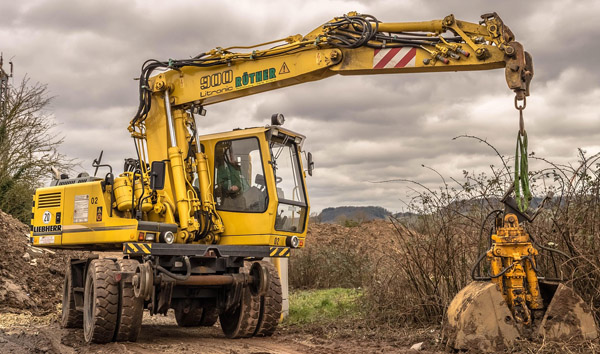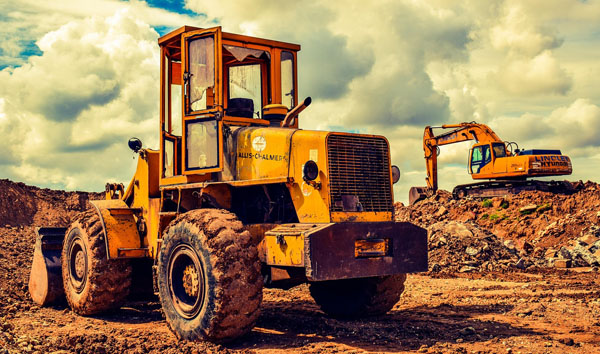Navigating the Challenges of Rough Terrain Telehandlers in Modern Construction
2025-07-29 05:25:27
Rough terrain telehandlers have become indispensable in construction, agriculture, and industrial applications due to their versatility and ability to operate on uneven surfaces. This report examines their key features, industry trends, and operational challenges, supported by recent market data.
Introduction The demand for rough terrain telehandlers has surged in recent years, driven by infrastructure development and the need for efficient material handling in challenging environments. According to a 2023 report by Global Market Insights, the telehandler market is projected to grow at a CAGR of 5.8% from 2023 to 2032, with rough terrain models accounting for over 40% of sales. These machines combine the lifting capabilities of cranes with the mobility of forklifts, making them ideal for construction sites with unstable ground conditions.
Key Features of Rough Terrain Telehandlers Rough terrain telehandlers are engineered with reinforced chassis, all-wheel drive, and high-traction tires to navigate muddy, rocky, or uneven surfaces. Advanced models now feature load-sensing hydraulics and telescopic booms capable of reaching heights up to 60 feet. A 2022 study by the International Construction Equipment Association (ICEA) found that 78% of contractors prioritize stability and lifting capacity when selecting a rough terrain telehandler.
Operational Challenges Despite their advantages, rough terrain telehandlers face challenges such as operator fatigue and maintenance costs. A survey by Equipment World revealed that 65% of fleet managers cite uneven ground as the primary cause of wear and tear. Additionally, improper load distribution can lead to tip-overs, emphasizing the need for rigorous operator training.
Industry Innovations Manufacturers are integrating telematics and AI-driven stability systems to enhance the safety and efficiency of rough terrain telehandlers. For instance, JLG’s latest model includes real-time load monitoring, reducing accidents by 30% in field tests. The adoption of hybrid and electric rough terrain telehandlers is also rising, with projections indicating a 20% market share by 2025.
Conclusion Rough terrain telehandlers remain vital for modern construction, but their success hinges on technological advancements and operator proficiency. As the industry evolves, these machines will continue to redefine productivity in harsh environments.














